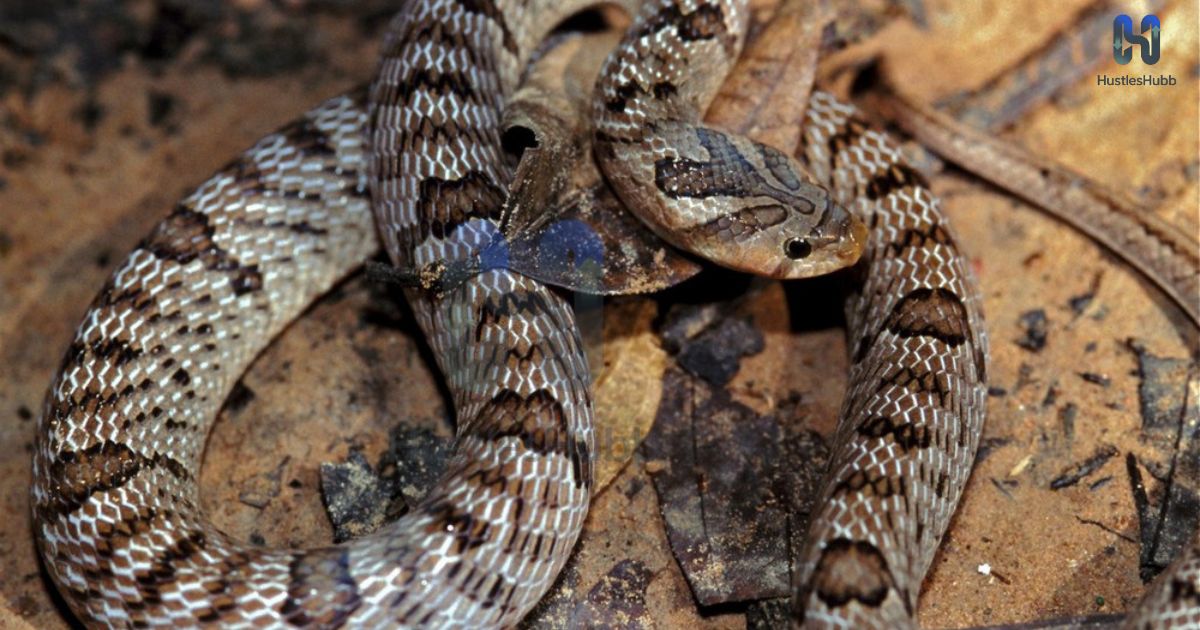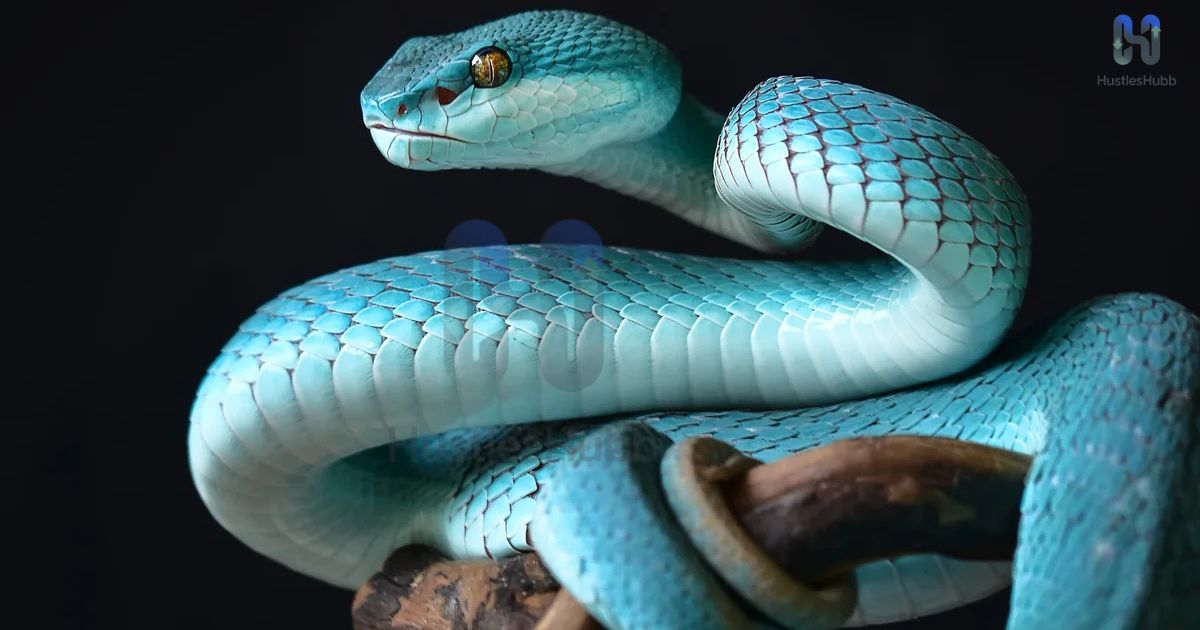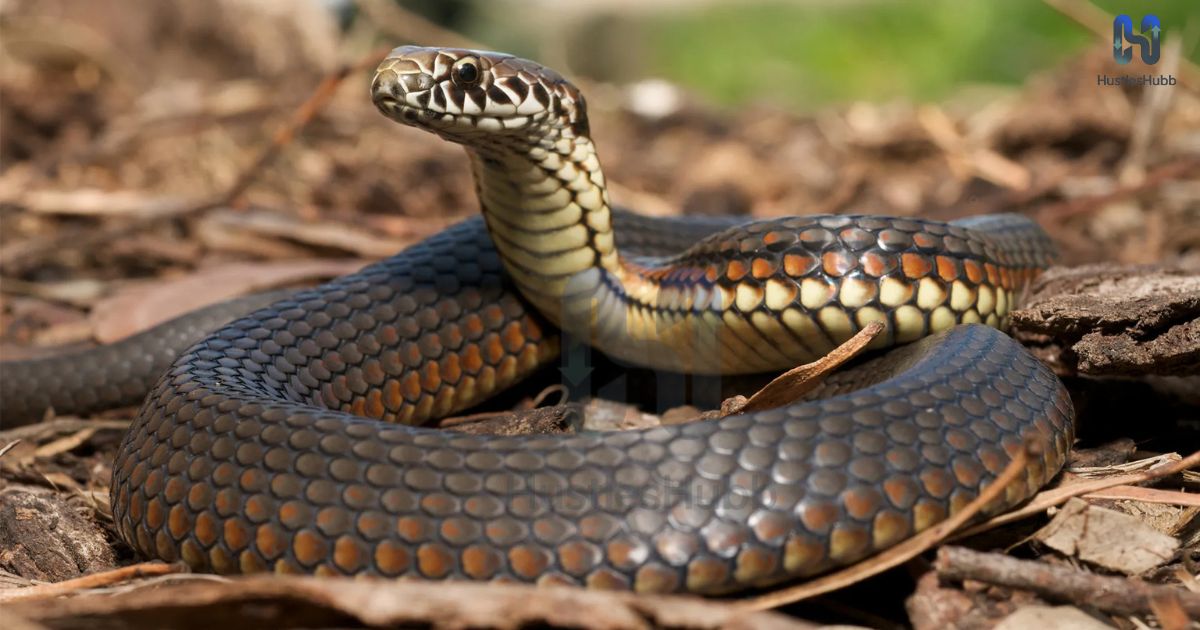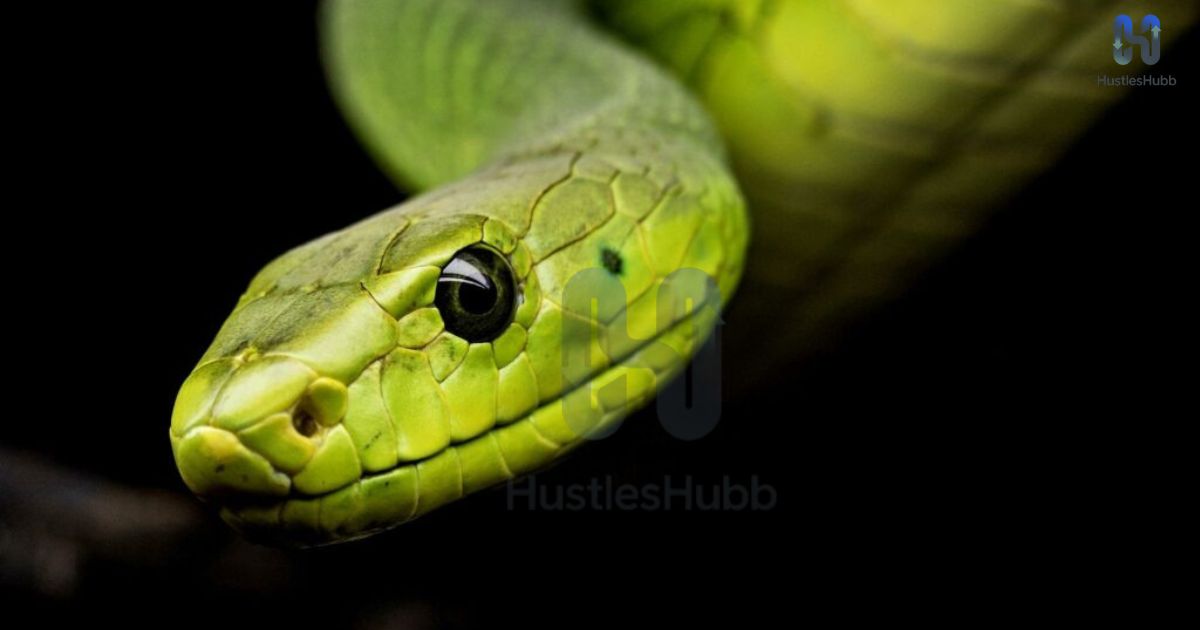“Discover venomous snakes in the Southern U.S., how to identify rattlesnakes, cottonmouths, and copperheads, plus vital safety tips.“
The southern United States is home to some of the most fascinating yet dangerous wildlife, including several species of venomous snakes. These snakes play an important role in balancing ecosystems, but they also pose real threats to people who live, work, or hike in snake-prone regions. From timber rattlesnakes hiding in forested hills to cottonmouth snakes (water moccasins) gliding through swamps, encounters are more common than many realize.
Identifying snakes correctly can mean the difference between safety and danger. Whether it’s the eastern diamondback rattlesnakes along sandy pinewoods or the copperhead snakes that Mississippi residents often see near rivers, understanding their behavior and habitats is essential for staying safe outdoors.
What Are the Most Common Venomous Snakes in Mississippi and Tennessee?

There are six major species of venomous snakes in Mississippi and Tennessee. These include copperhead snakes in Mississippi, cottonmouth snakes (water moccasins), timber rattlesnakes, pygmy rattlesnakes (ground rattlers), eastern diamondback rattlesnakes, and coral snakes in Mississippi. These snakes live in forests, swamps, hillsides, and even near rivers, making them a common danger for hikers, campers, and gardeners.
According to the Mississippi Poison Control snake list, most snake encounters are not deadly, but bites from these species can cause severe pain, swelling, and sometimes death if untreated. Knowing the common snakes in Mississippi forests and their appearance is the first step in staying safe outdoors.
Where Do Rattlesnakes Live in Mississippi?
Understanding where rattlesnakes live in Mississippi helps in avoiding encounters. Rattlesnakes prefer dry, rocky areas, forests, and places near rivers. Mississippi River snakes, Pearl River rattlesnakes, and Sardis Lake rattlesnakes are often reported by locals. Natchez Trace Parkway snakes and Gulf Islands National Seashore snakes are also well-known in outdoor areas.
Many reports of rattlesnake sightings in Mississippi come from hiking trails and snake-infested areas in Mississippi farmland. Certain counties, like Lawrence, are known for more Lawrence County snake bites, making them hotspots for snake activity.
Rattlesnakes in Tennessee: How Common Are They?
Tennessee has its fair share of rattlesnakes, and encounters are not rare. A recent case of a hiker bitten by a rattlesnake in Tennessee brought attention to the risk. Timber rattlesnake behavior and range show that they prefer wooded hills, rocky outcrops, and shaded hiking trails across the state.
While rattlesnake bites in Tennessee are not as common as in Mississippi, they still pose a serious risk. Reports show that snake bite deaths in Mississippi are slightly higher, but Tennessee also sees emergency cases every summer during seasonal snake activity Mississippi and Tennessee.
What Do Rattlesnakes Look Like and How to Identify Them?

A good snake identification guide for Mississippi can save lives. Timber rattlesnakes, pygmy rattlesnake identification in Mississippi, and eastern diamondback rattlesnakes have distinct patterns. Their triangular heads, slit-shaped pupils, and rattling tails make them easier to identify.
How to identify venomous snakes also means knowing harmless ones. Some non-venomous species mimic rattlesnakes. Using the coral snake vs kingsnake rhyme (“Red touch yellow, kill a fellow; red touch black, safe for Jack”) is a proven way to spot coral snakes in Mississippi correctly.
Venomous Snakes vs Non-Venomous Snakes: How to Tell the Difference
The confusion between venomous vs poisonous snakes is common. Venomous snakes like rattlers inject toxins, while non-venomous ones kill prey by constriction. A quick way to tell is by head shape and pupil style. Venomous snakes usually have triangular heads and vertical pupils.
Many common snakes in Mississippi forests are harmless but often mistaken for dangerous ones. Still, caution is wise since snake-infested areas in Mississippi are known to host both types. Learning to spot the difference is part of snake safety tips for hikers and gardeners.
Snake Bites in the U.S.: Facts, Figures, and Fatal Cases
Snake bites are a reality in the Southern U.S. Every year, around 7,000 to 8,000 venomous bites are reported. In Mississippi, snake bites in Mississippi cause many hospital visits, with rare but real snake bite deaths in Mississippi. Most victims survive if treated quickly.
A tragic case involved a hiker bitten by a rattlesnake in Tennessee, proving how dangerous these encounters can be. According to medical studies, copperhead snake bite symptoms include swelling, pain, and tissue damage, while rattlesnake bites can lead to life-threatening complications without antivenom for rattlesnake bites.
| Snake Species | States Found | Risk Level | Fatal Cases |
| Copperhead | Mississippi, Tennessee | Moderate | Rare |
| Cottonmouth | Mississippi, Tennessee | High | Occasional |
| Timber Rattlesnake | Mississippi, Tennessee | High | Reported |
| Eastern Diamondback | Mississippi | Very High | Documented |
| Coral Snake | Mississippi | High | Very Rare |
What to Do If You Are Bitten by a Rattlesnake

If bitten, knowing emergency treatment for snake bites can save your life. Stay calm, call 911, and keep the bitten limb still. Do not cut the wound, apply ice, or attempt to suck the venom out. These methods only worsen the injury.
Hospitals in Mississippi and Tennessee have access to antivenom for rattlesnake bites, which is the only proven treatment. Quick response reduces the chance of long-term damage or death. People should always learn what to do if bitten by a rattlesnake before hiking in dangerous areas.
Photos of Venomous Snakes in Mississippi and Tennessee
Having a visual snake identification guide for Mississippi is helpful. Pictures of timber rattlesnakes, cottonmouth snake near lakes and swamps, and eastern diamondback rattlesnakes can help avoid confusion.
Outdoor websites and state wildlife agencies often share updated galleries. These photo guides make it easier to know which snakes are dangerous and which are harmless. Knowing this reduces unnecessary fear and prevents accidents in snake-infested areas in Mississippi.
Rare Snake Sightings: Rainbow Snake and Other Unusual Species
Recently, the Rainbow Snake was spotted again, sparking excitement. These rare creatures are harmless, but sightings in Mississippi and Tennessee are extremely unusual. Such snakes show the diversity of wildlife in the South.
Besides Rainbow Snakes, there are reports of endangered rattlesnakes in Mississippi. The Eastern Diamondback’s endangered species status is under review, as its population is declining. Snake population decline due to habitat loss is also a growing concern for conservationists.
How to Stay Safe from Venomous Snakes While Hiking or Outdoors

Outdoor lovers should always follow snake safety tips for hikers and gardeners. Wear boots, use walking sticks, and stay on clear trails. Avoid stepping over logs or reaching into holes where snakes may hide.
The key is awareness. Many bites happen because people disturb snakes by accident. With seasonal snake activity in Mississippi, hikers, campers, and fishermen must stay extra alert in spring and summer. Respecting snakes and keeping distance ensures safety while enjoying the outdoors.
Final Thoughts: Respecting Venomous Snakes in the Southern U.S.
Snakes play an important role in balancing ecosystems. Even though they can be deadly, they also control rodent populations and keep nature in check. Endangered rattlesnakes in Mississippi show how human activity impacts wildlife.
By learning about rattlesnake habitats, bite treatment, and how to identify venomous snakes, people can stay safe while appreciating nature. Fear should not stop us from enjoying the outdoors, but knowledge should guide us in respecting these powerful creatures.
FAQs
Q: What is the meaning of snake 🐍?
A: A snake 🐍 is a legless reptile often linked with danger, wisdom, or mystery.
Q: How to get Google Snake?
A: You can play Google Snake by searching “Google Snake Game” on Google and clicking play.
Q: What is the #1 deadliest snake?
A: The inland taipan of Australia is considered the world’s most venomous snake.
Q: What smell keeps snakes away?
A: Snakes dislike strong scents like garlic, onion, and cinnamon oil.
Q: What repels snakes immediately?
A: Strong odors, clean yards, and sealing holes can quickly repel snakes.
READ MORE INTERESTING ARTICLES

Welcome to Hustles Hubb! I’m Shafqat Amjad, an AI-Powered SEO and Content writer with 4 years of experience.
I help websites rank higher, grow traffic, and look amazing. My goal is to make SEO and web design simple and effective for everyone.
Let’s achieve more together!

